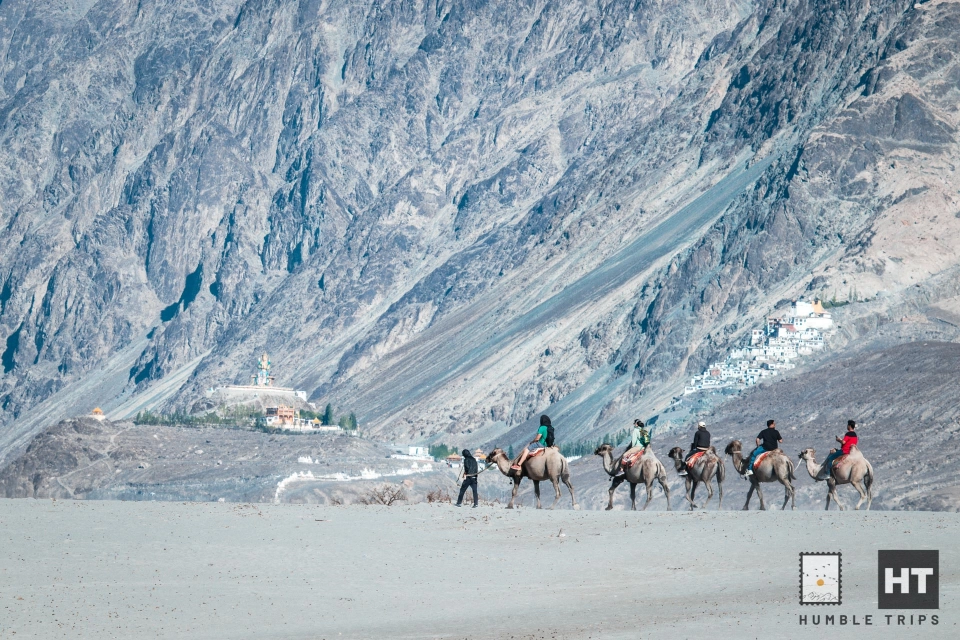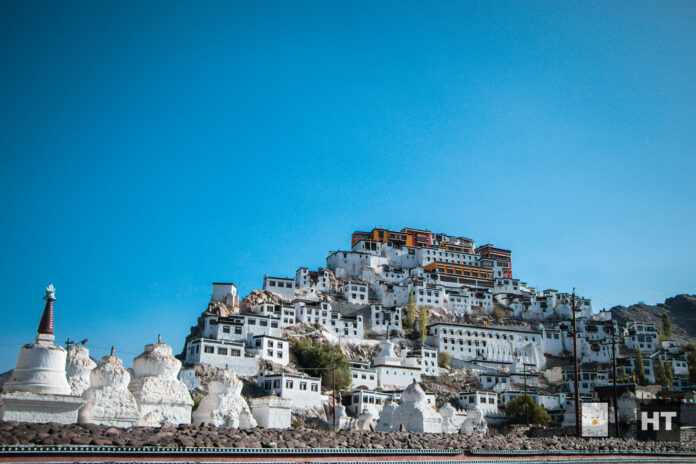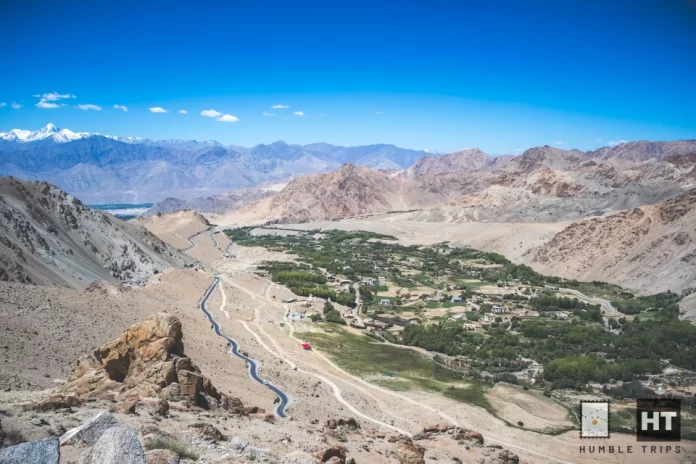Day 7 of Leh Ladakh trip
After a long-awaited dream journey, we woke up to the crisp, pure air of Turtuk, about 7 km from Thang, the last village in India on this side of the Pakistan border. Staying at the Border Café & Camp, we were treated to breakfast by warm hosts, piping hot kawa, and a deep sense of being somewhere truly extraordinary. The best part was that our car also received a nice wash arranged by the host.
Thang isn’t just a geographic endpoint—it’s a living chapter of history. Just 2.5 km from the Line of Control (LoC), this tiny Balti village witnessed the 1971 Indo-Pak war and still carries stories of families divided, borders redrawn overnight, and soldiers who gave their all.
Walking Up at the Edge of India – Thang Village
We parked near a humble local museum called Goba Ali, which also featured a small botanical garden, a pan shop, and a few shaded spots to rest.
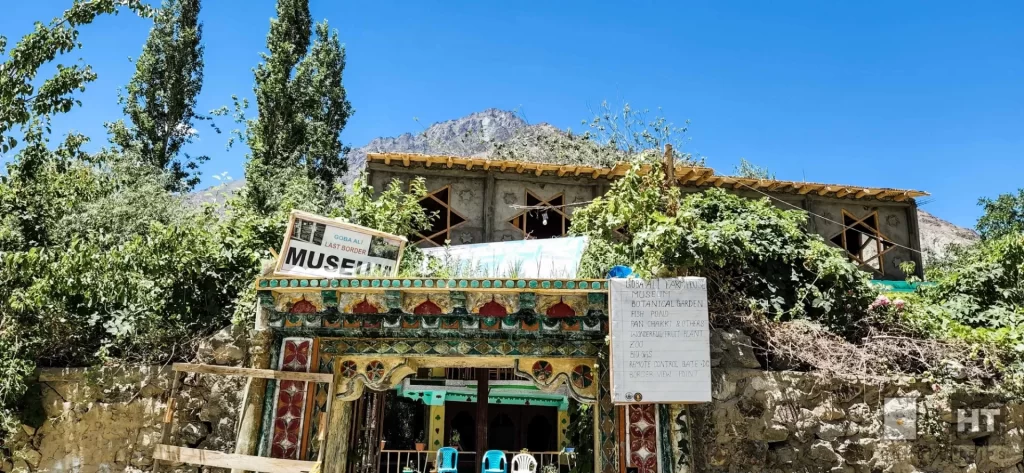

From there, we walked toward the Thang Viewpoint, where the charm of the place truly came alive.
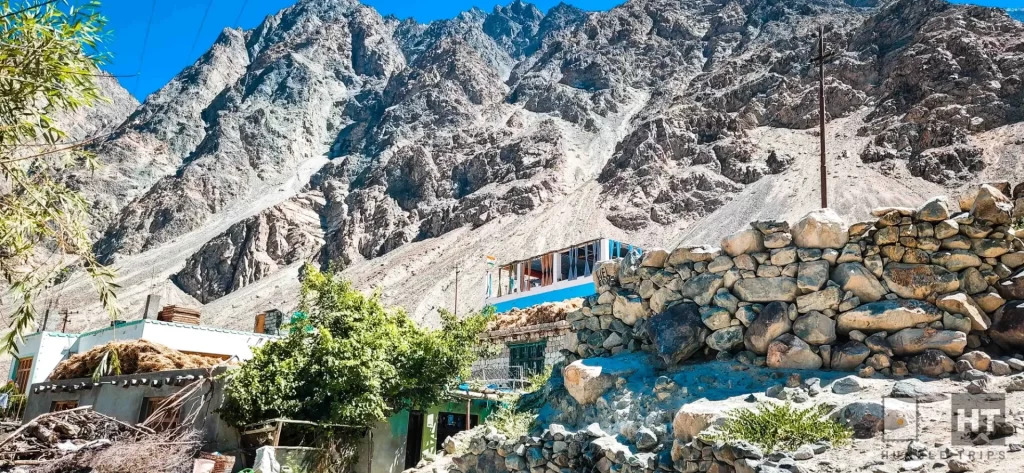

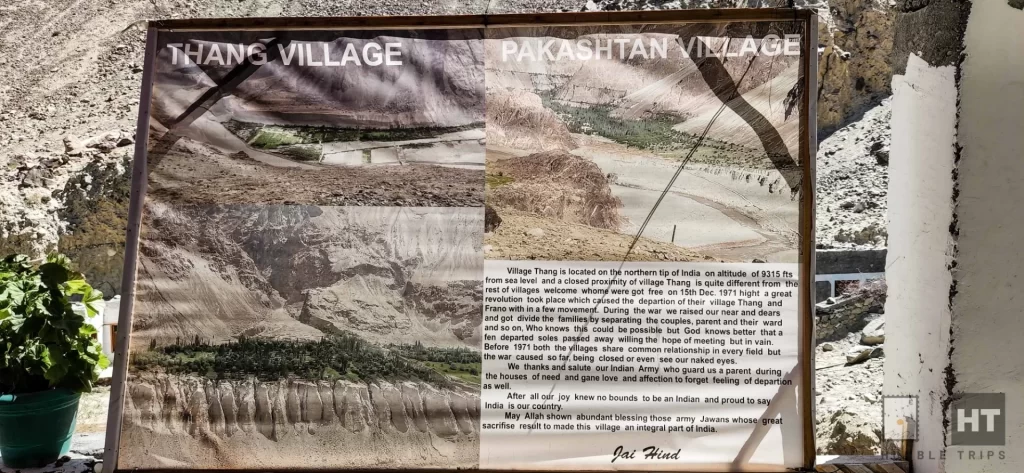

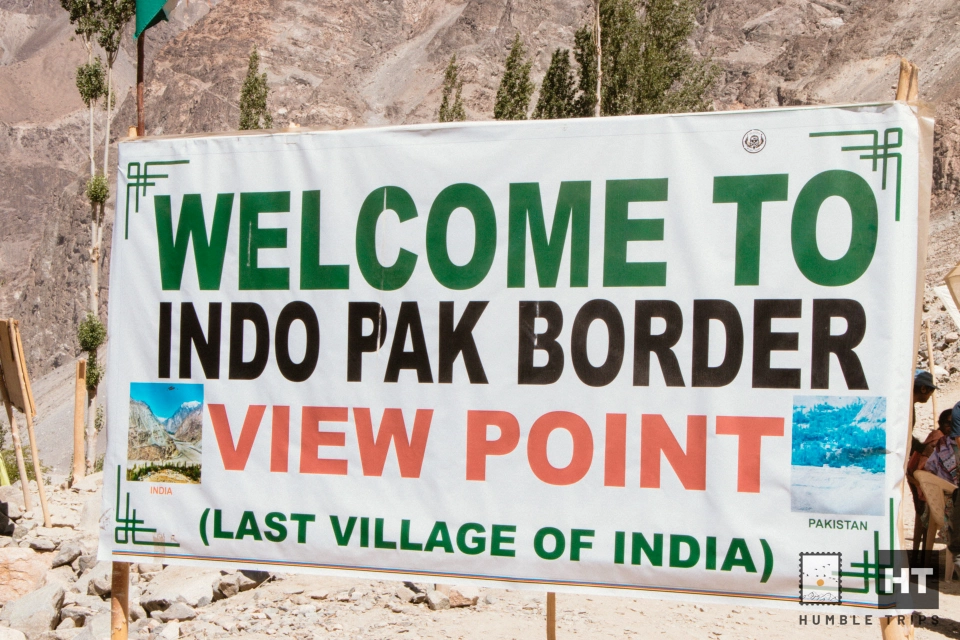

Friendly locals greeted us with warm smiles, offering binoculars for rent so visitors could get a closer look at the village across the border.


As we chatted with them, we heard some truly heart-wrenching stories—tales of families torn apart during the war, separated by a line that changed everything. And yet, despite the pain and years of longing, their eyes still held hope. Their smiles were soft, genuine, and full of peace—as if they had chosen healing over bitterness.
Just when the afternoon sun started to feel relentless, we went to a surprisingly good vegetarian restaurant near the viewpoint. It served delicious food and chilled beverages—a true blessing in the scorching heat. The place also had clean facilities to freshen up, making it a perfect little pause before continuing the journey.
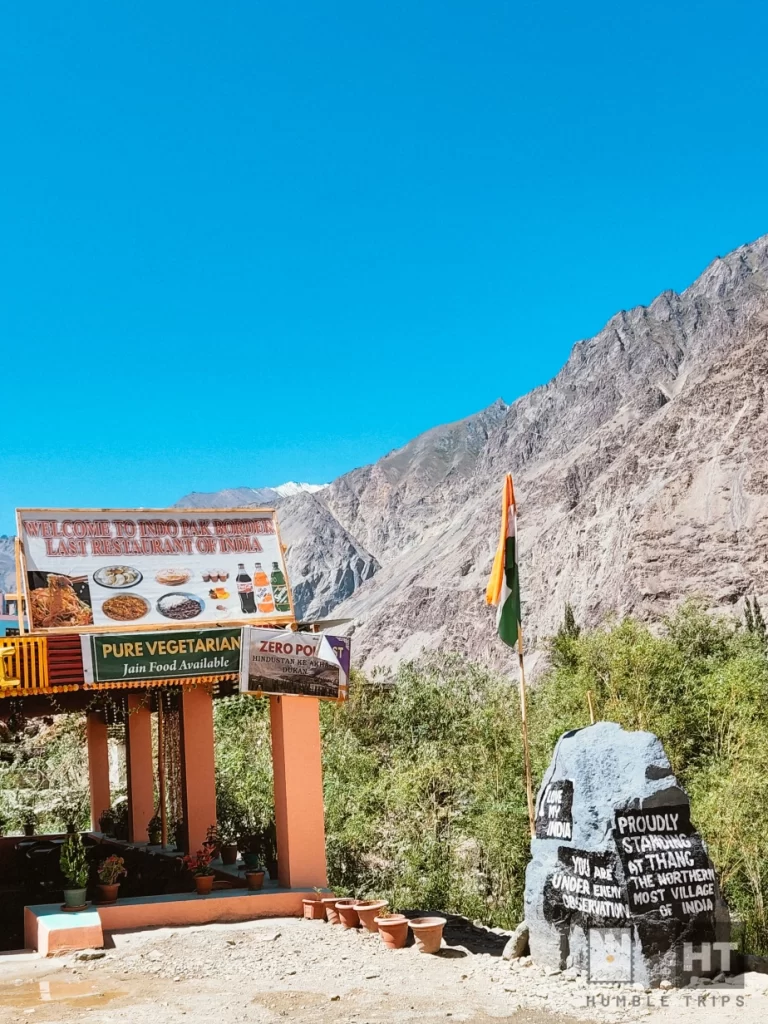





Standing near the Thang Viewpoint, looking across the border into Pakistani territory, we were reminded that peace, like the wind here, feels delicate—yet deeply present.
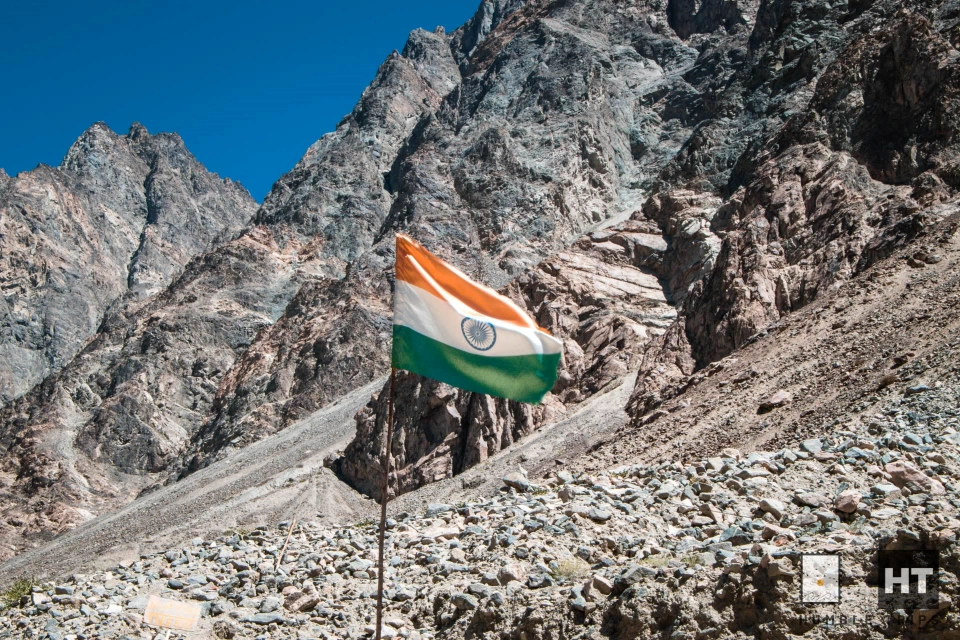

Shyok War Memorial – A Quiet Tribute on a Busy Road
On our way to Nubra Valley, we paused at the Shyok War Memorial—a humble yet powerful tribute to soldiers who sacrificed their lives protecting this region.
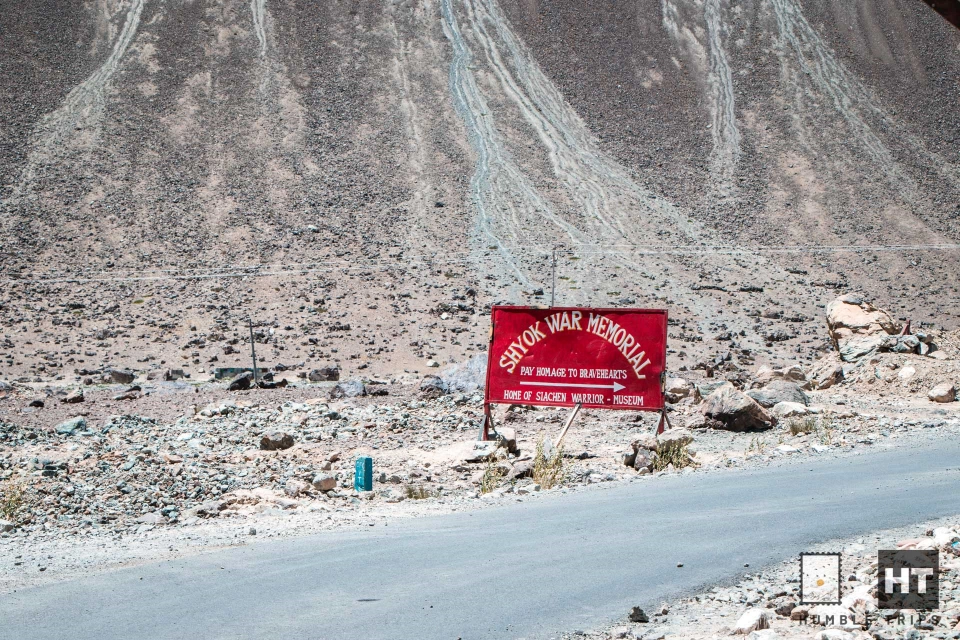

Maintained by the Indian Army, the site offers exhibits, a souvenir shop, an army canteen, and an aura of deep respect. Reading the plaques, seeing the names, and standing under the fluttering Indian flag amidst the stark Himalayan landscape—it moved something within us.
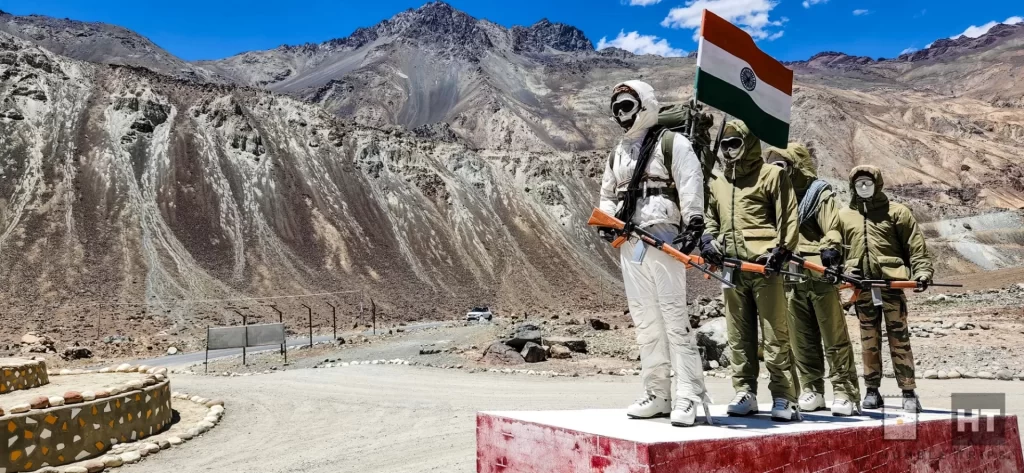

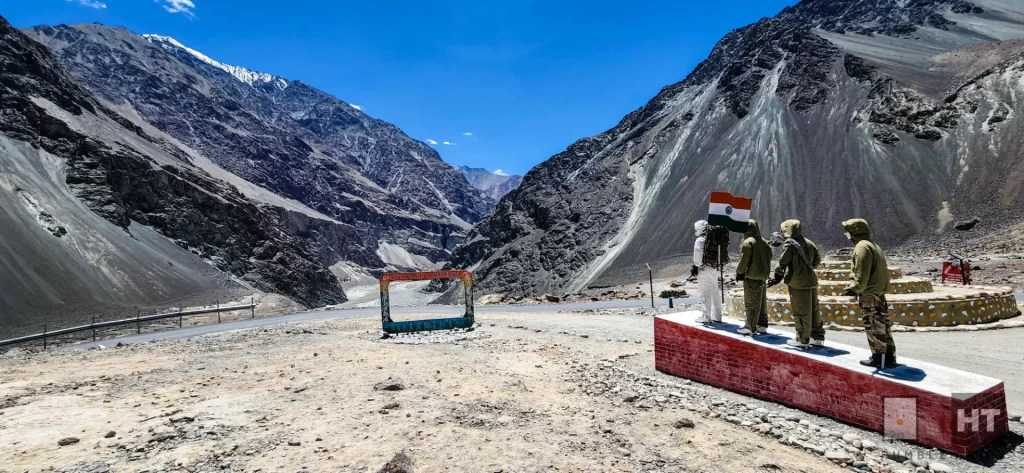

Entry is free, and there’s a peaceful canteen where you can sit for a moment of reflection. There are bikes (cycles) available for rent, as it is a bit of a walk to reach the memorial.
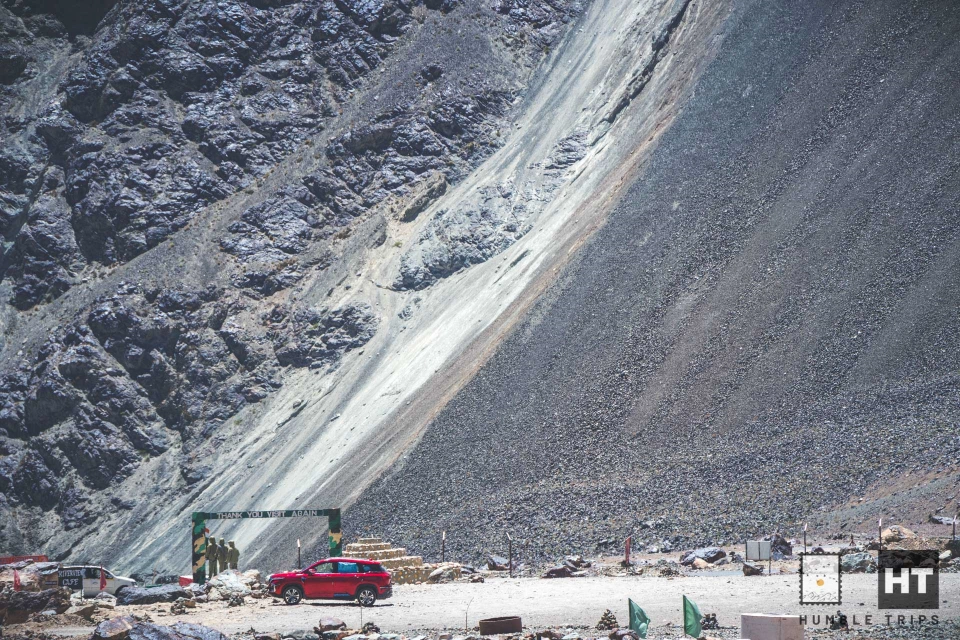

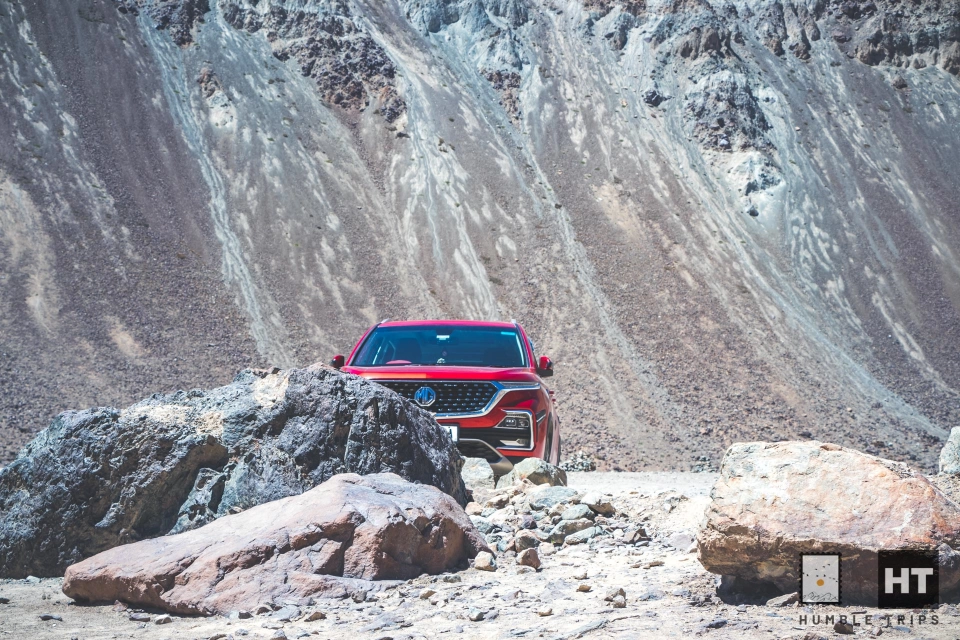

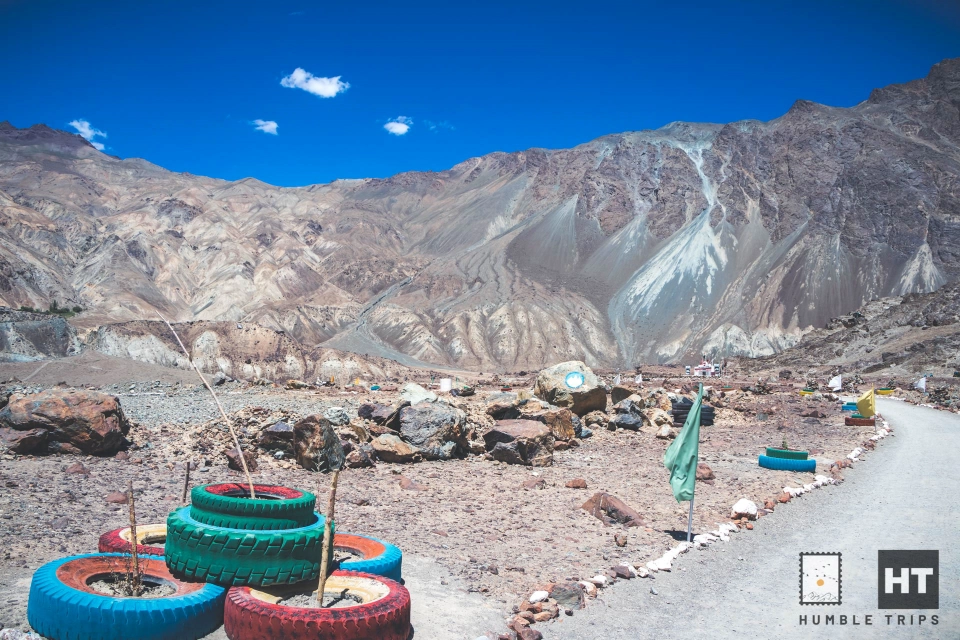

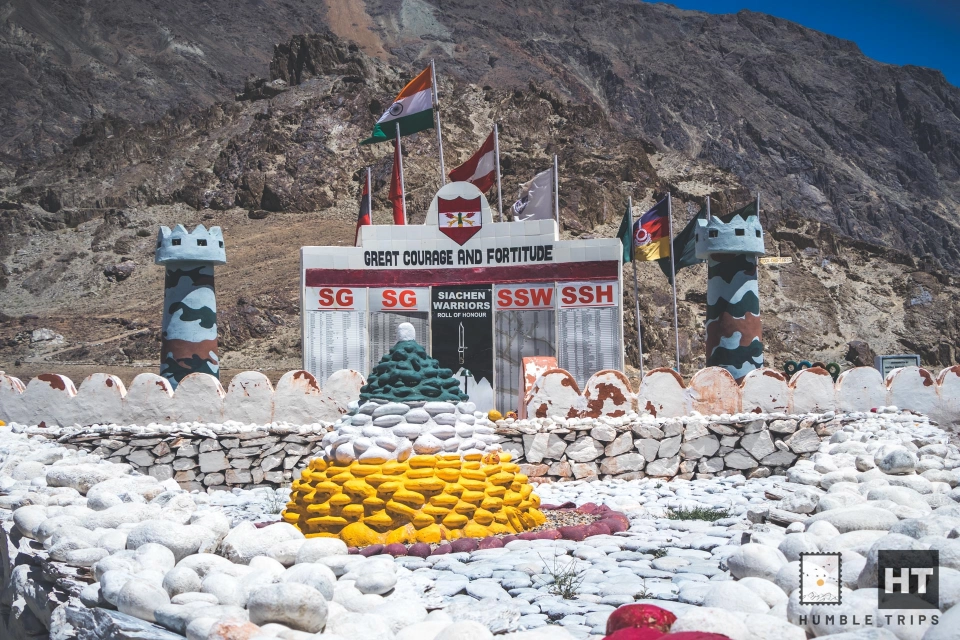

We also got the best samosa of the region from the canteen and filled our bellies with all that we could grab


If you’re passing by, don’t rush—stop, remember, and give thanks.
Nubra Valley – A Place Where Desert Meets Heaven
As we descended into Nubra Valley, the landscape transformed dramatically. Stark mountains gave way to apricot orchards, sand dunes, and the meandering Shyok River.
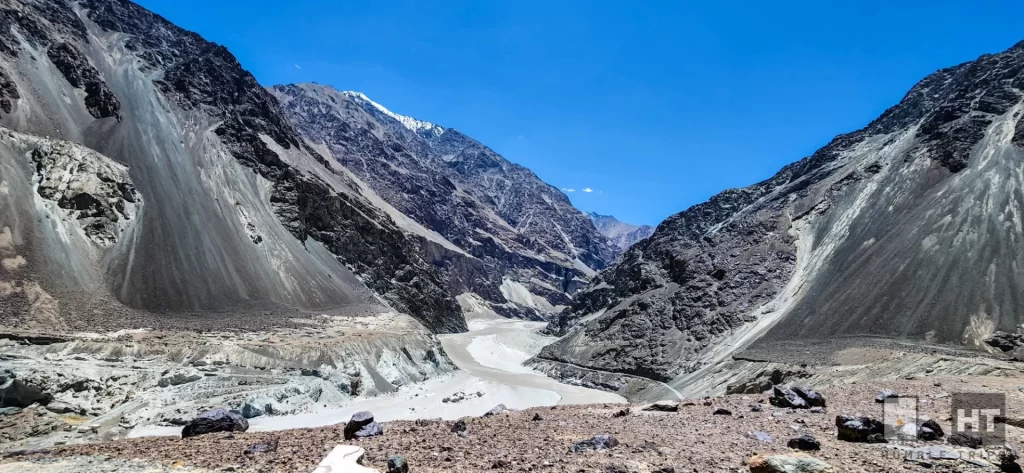

Formed by the confluence of the Nubra and Shyok rivers, the valley is a product of ancient glaciers, river erosion, and time itself.
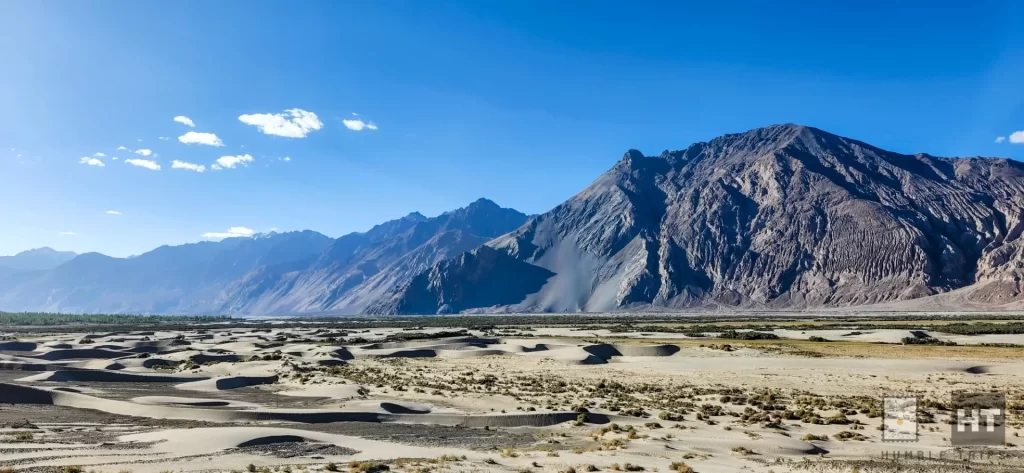

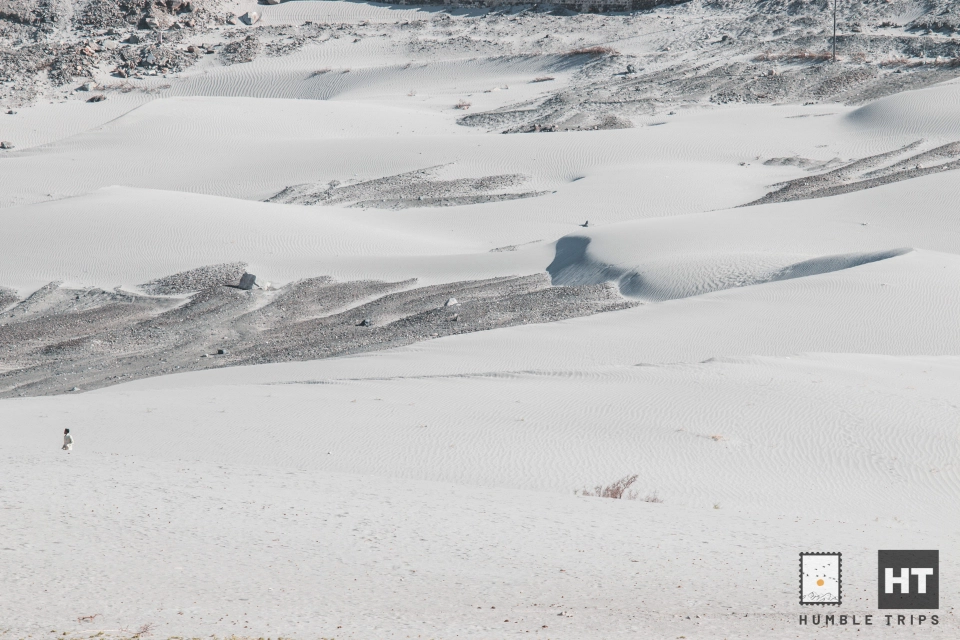

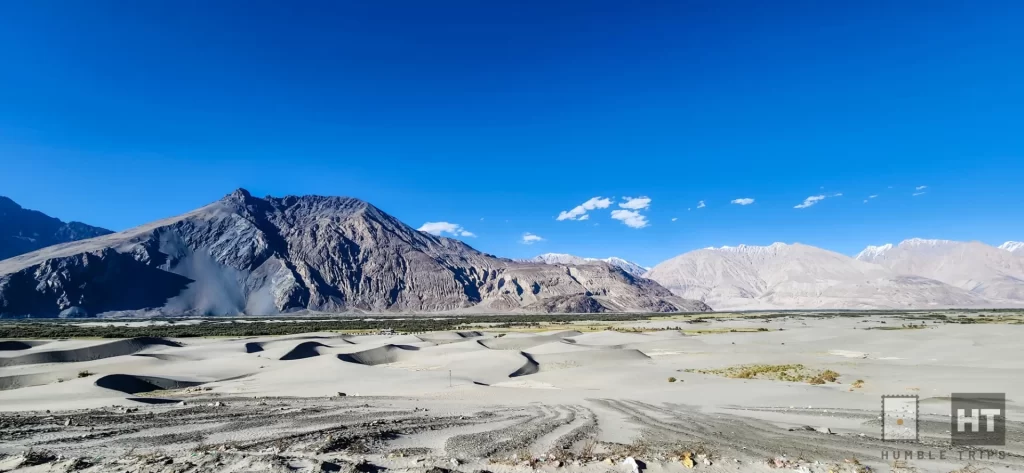

It’s where the cold desert kisses snow peaks, and monasteries silently watch over changing skies.
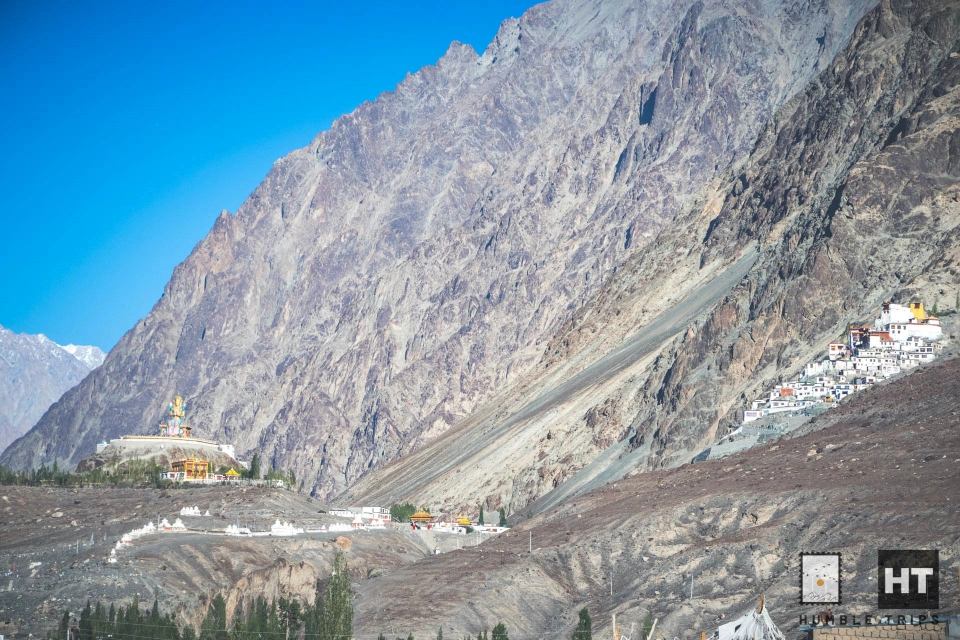

Nubra isn’t loud in its beauty—it’s humble, deep, and poetic. Fields of barley sway in silence. Prayer flags flutter without asking for attention. And the locals—warm, rooted, and resilient—make you feel part of their home.
Camel Rides in Hunder – Silk Route Echoes in the Sand
The golden sand dunes of Hunder were one of the most surreal sights of our journey. Riding the rare Bactrian (double-humped) camels, which once carried goods across the Silk Road, felt like slipping into a different time.
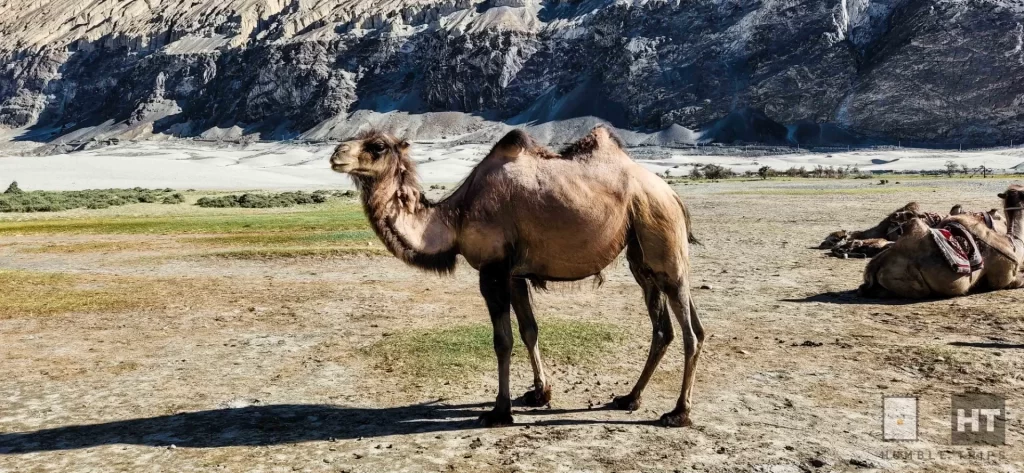

Surrounded by snowy peaks, these gentle creatures trudged through the desert-like terrain as the wind played with the dunes. The camel herders shared stories passed down through generations of traders, routes, and a time when this valley connected worlds.
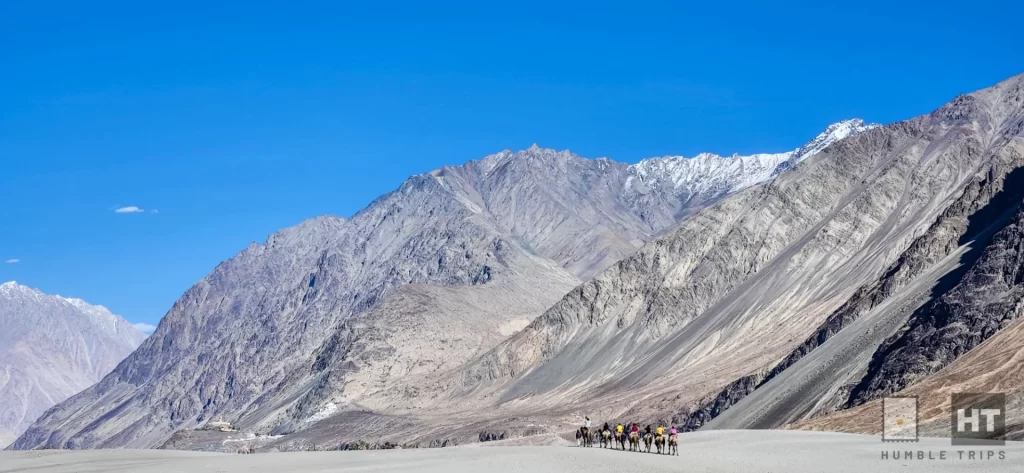

It’s one of those rare places where you can see snow, sand, and river in a single frame—and ride a camel through it.
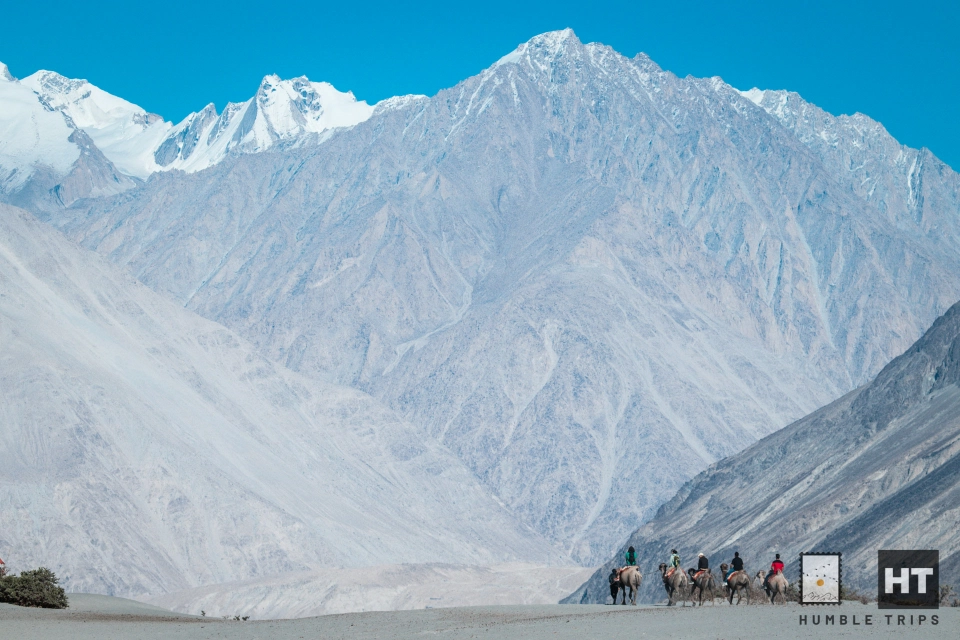

Adventure on the way
There are some nice places on the way to have some adventure. Zip line, quad biking and a nice sunset view of Nubra Valley
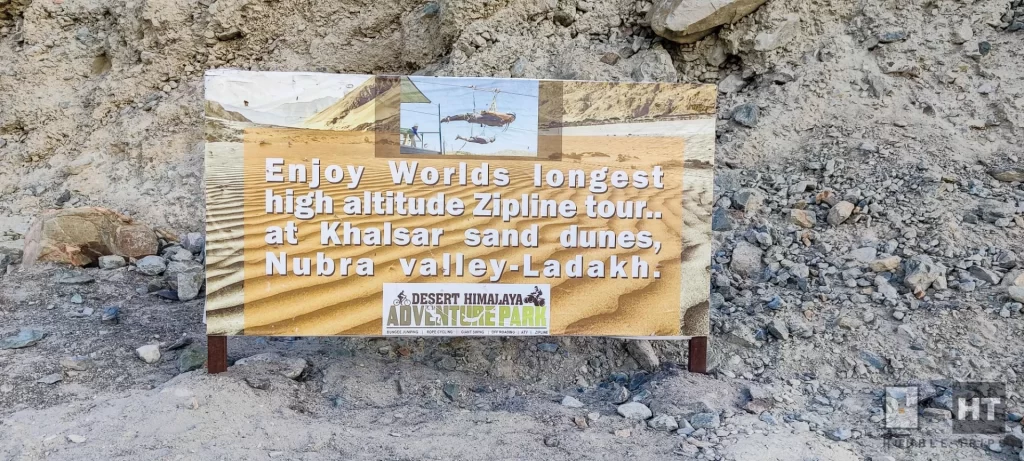

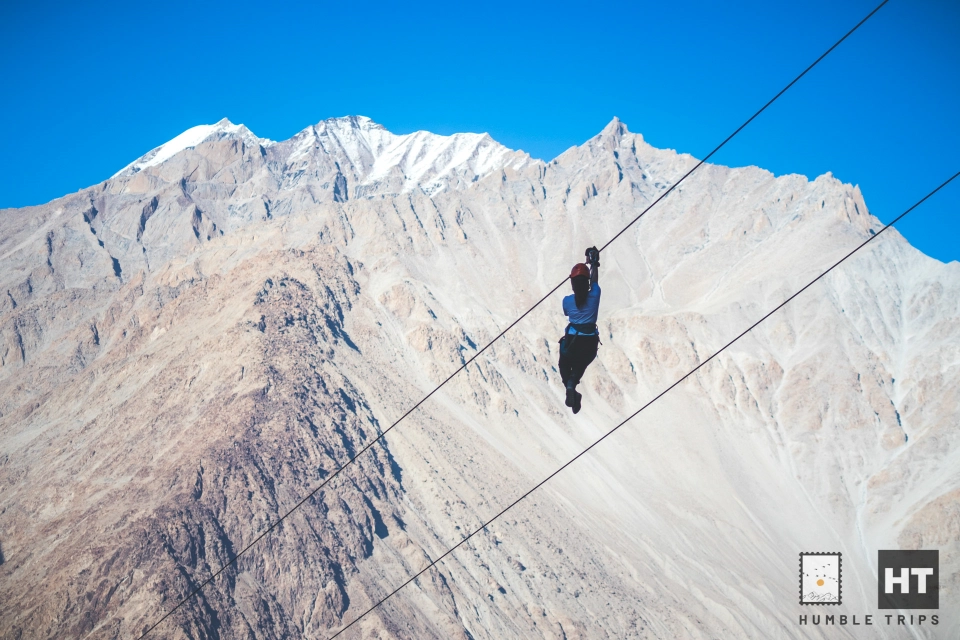



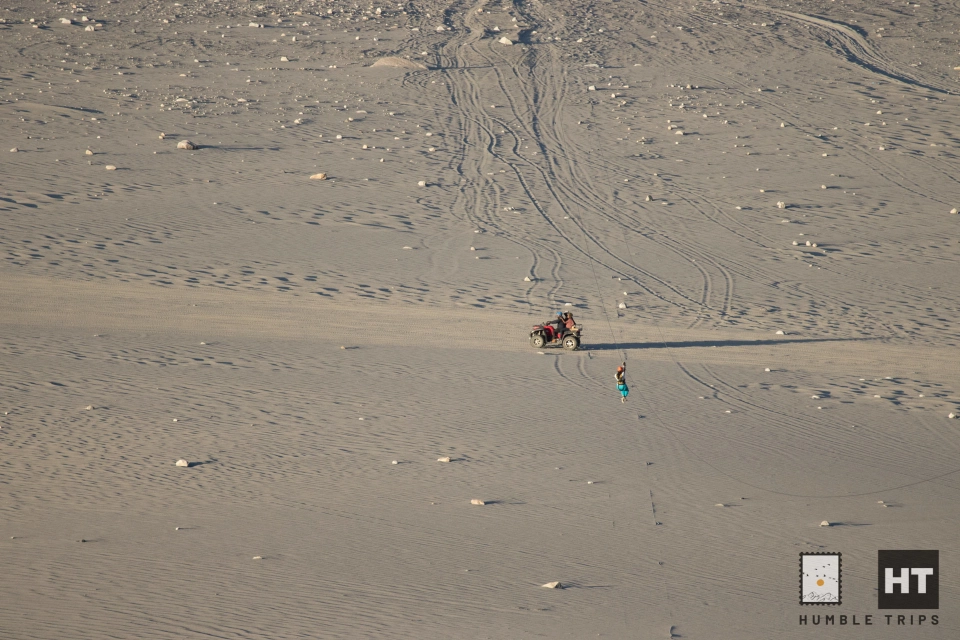

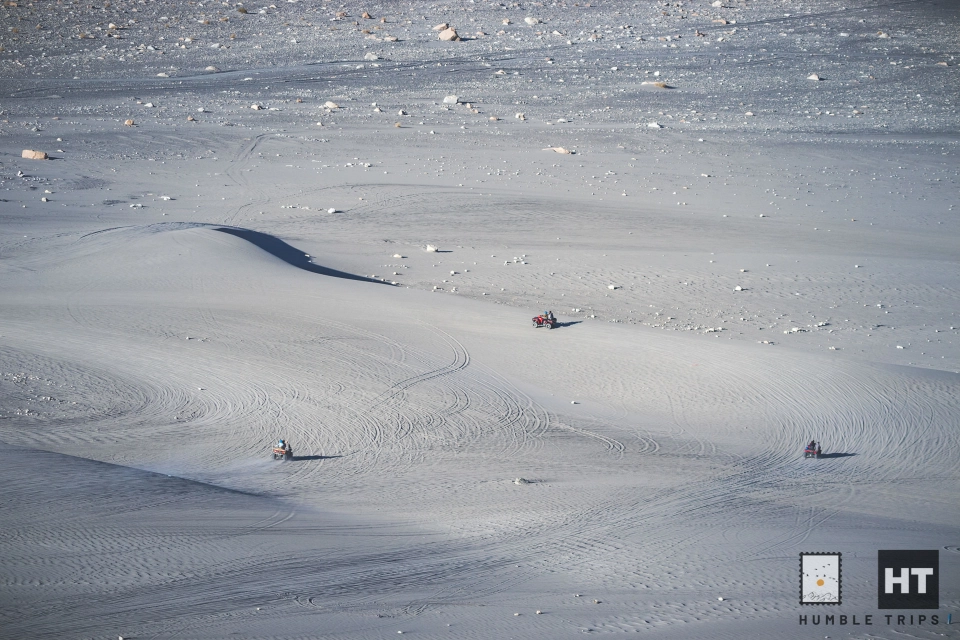

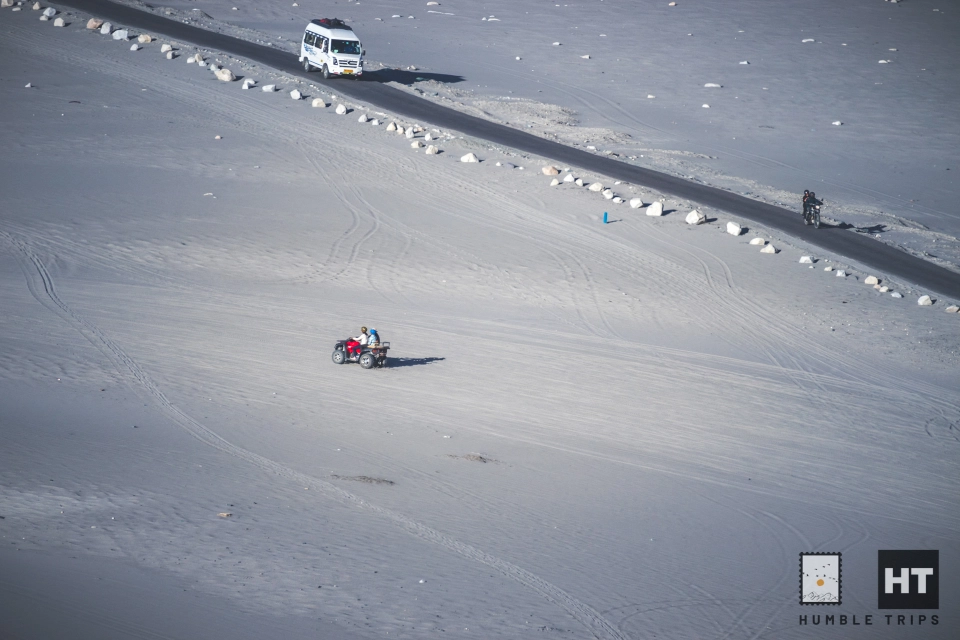

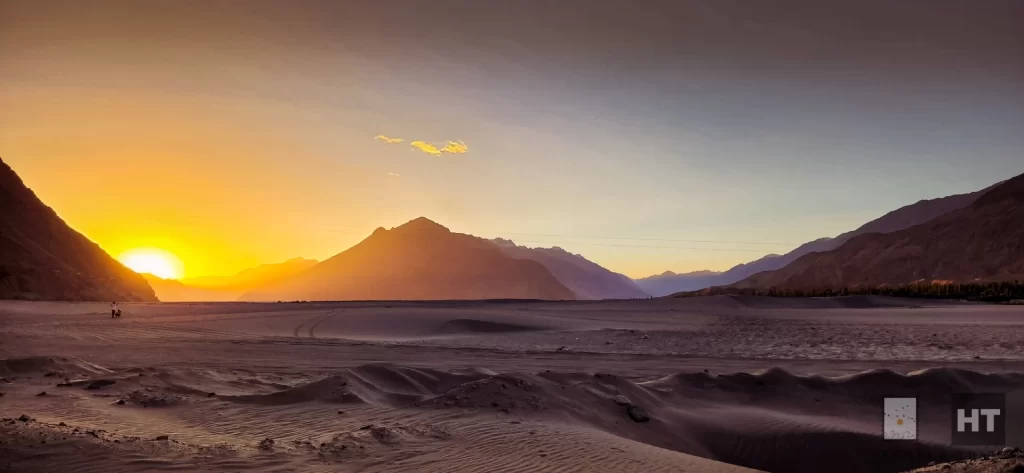

A Night at Tiger Camp Nubra – Stars, Silence, and Serenity
As the sun dipped behind the mountains, we reached Tiger Camp Nubra, our stay for the night. The camp was just what our tired bodies needed—cozy tents, good food, and a gentle calm that wrapped around us.
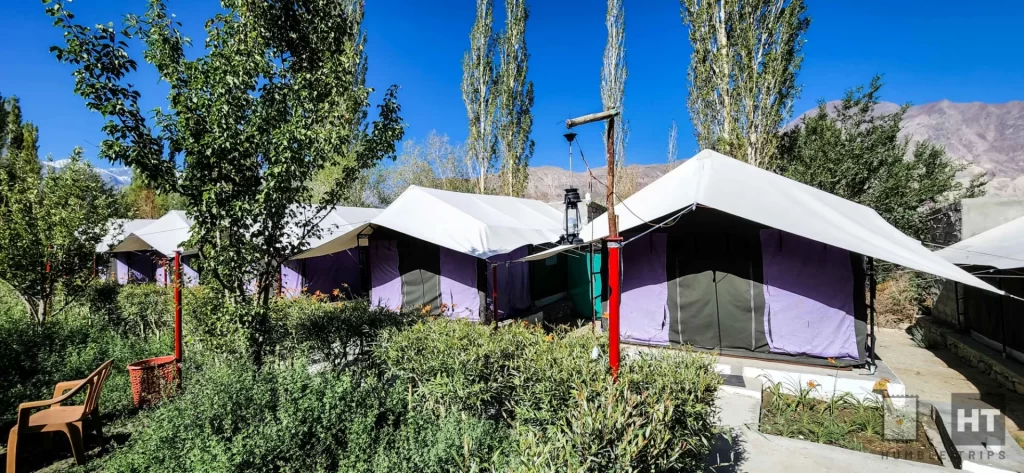

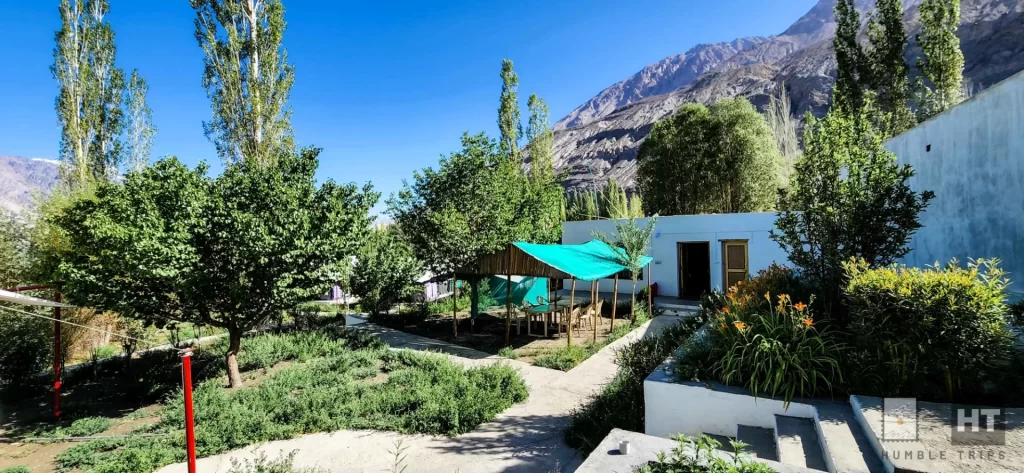

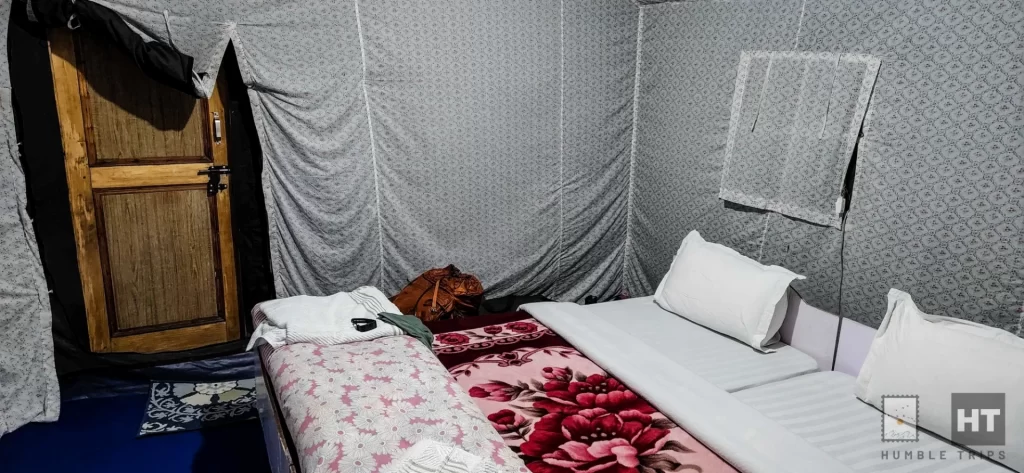

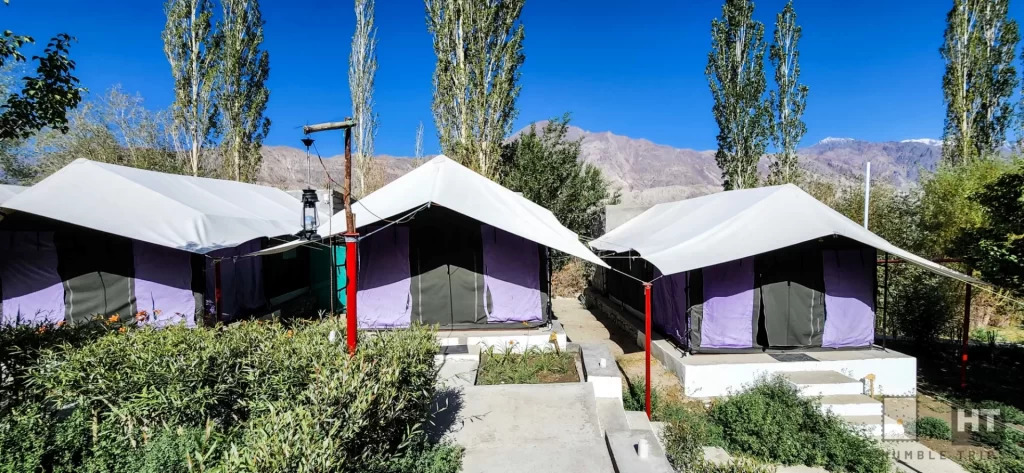

But the best part? The sky.
The stars here were unlike anything we’d seen. With no light pollution and crisp mountain air, the Milky Way seemed to spill across the sky. We stood in silence, necks craned upward, completely mesmerized.
Dinner was simple, warm, and nourishing, like the hospitality we felt from the moment we checked in. If you’re visiting Nubra, Tiger Camp is a wonderful mix of comfort and closeness to nature.
Final Reflections: Between Borders and Stars
This leg of the journey—from Thang Village to Nubra Valley—was more than scenic. It was emotional. Historic. Soulful.
We stood at India’s edge. Rode camels through a cold desert. Slept under galaxies. And above all, we met people—soldiers, locals, fellow travelers—each carrying stories that added more meaning to our own.
Ladakh doesn’t just show you beauty. It changes the way you see the world.



